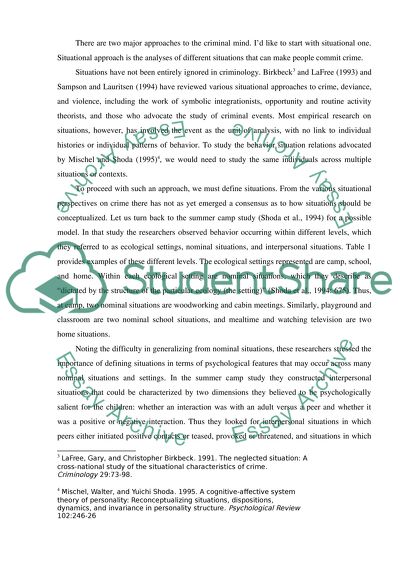Cite this document
(Two Treatments for the Criminal Mind - Social Approach and Situational Literature review, n.d.)
Two Treatments for the Criminal Mind - Social Approach and Situational Literature review. Retrieved from https://studentshare.org/sociology/1538184-the-criminal-mind
Two Treatments for the Criminal Mind - Social Approach and Situational Literature review. Retrieved from https://studentshare.org/sociology/1538184-the-criminal-mind
(Two Treatments for the Criminal Mind - Social Approach and Situational Literature Review)
Two Treatments for the Criminal Mind - Social Approach and Situational Literature Review. https://studentshare.org/sociology/1538184-the-criminal-mind.
Two Treatments for the Criminal Mind - Social Approach and Situational Literature Review. https://studentshare.org/sociology/1538184-the-criminal-mind.
“Two Treatments for the Criminal Mind - Social Approach and Situational Literature Review”. https://studentshare.org/sociology/1538184-the-criminal-mind.


